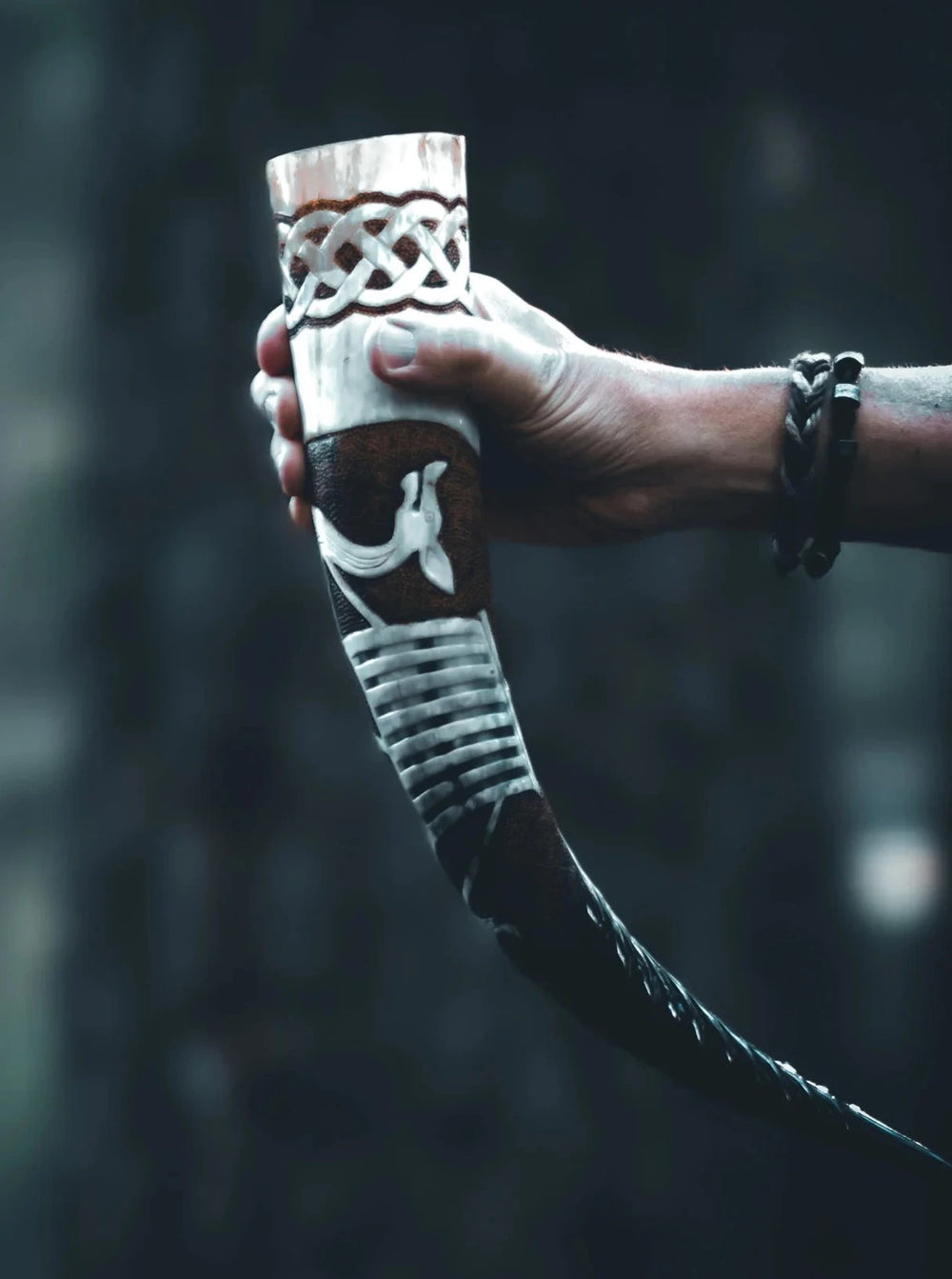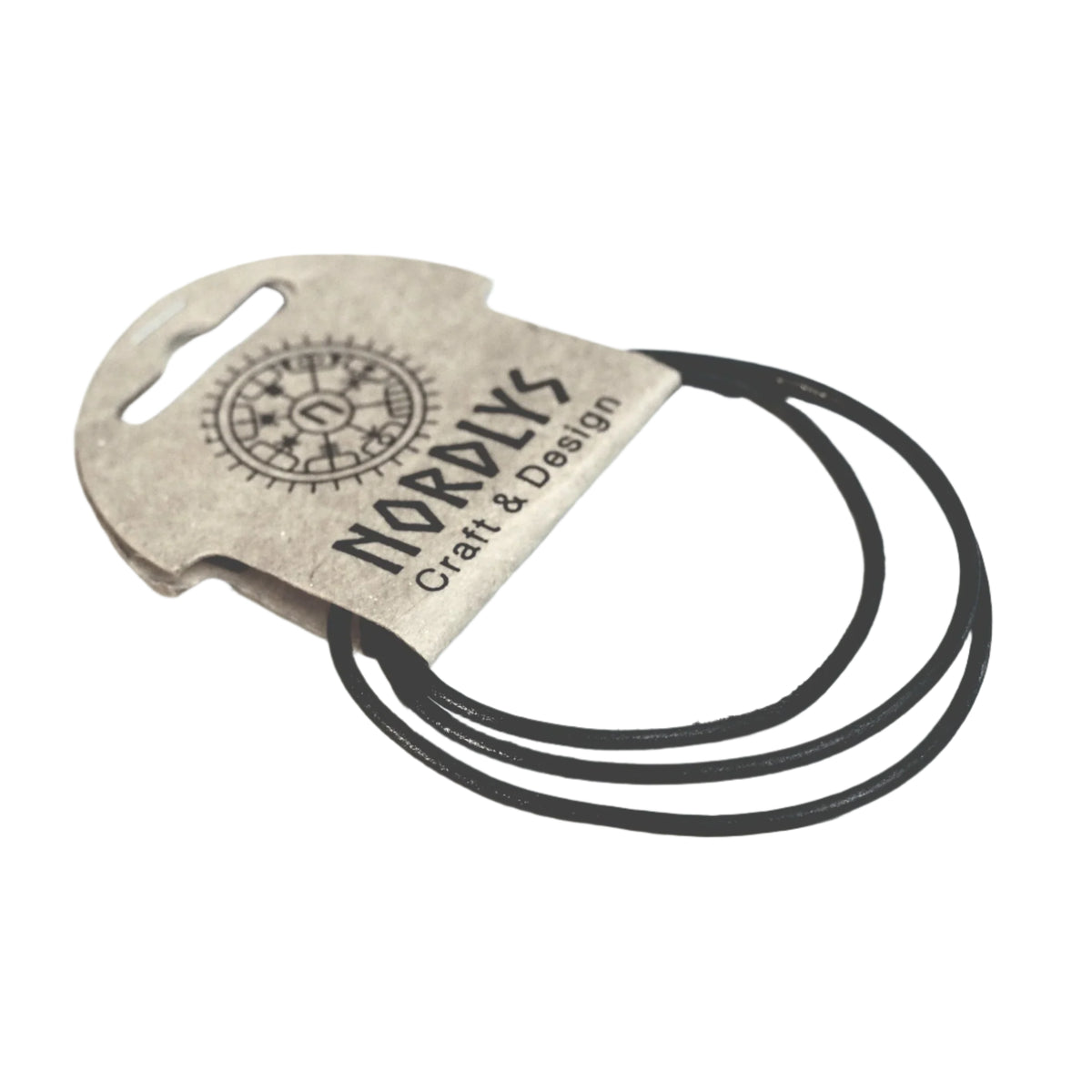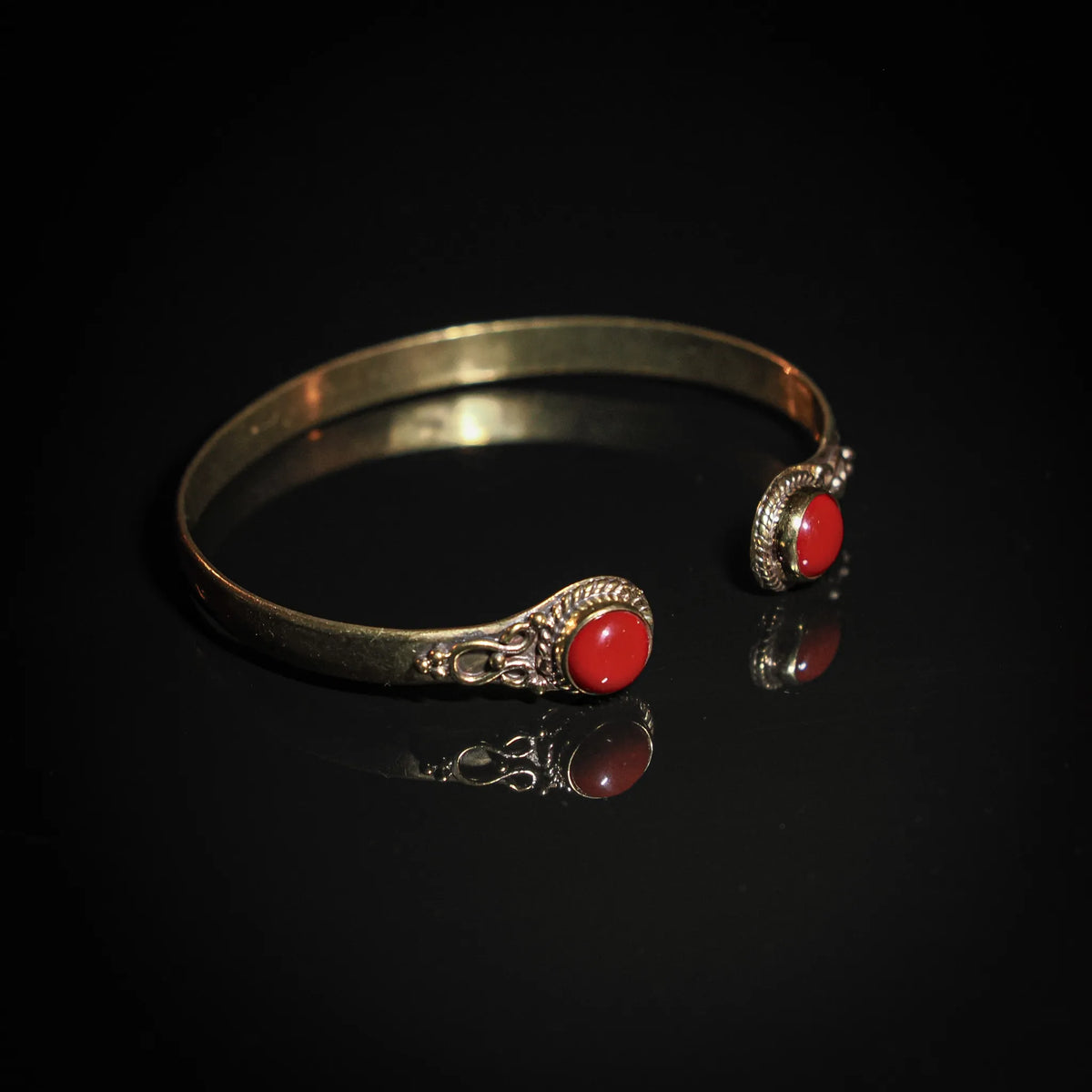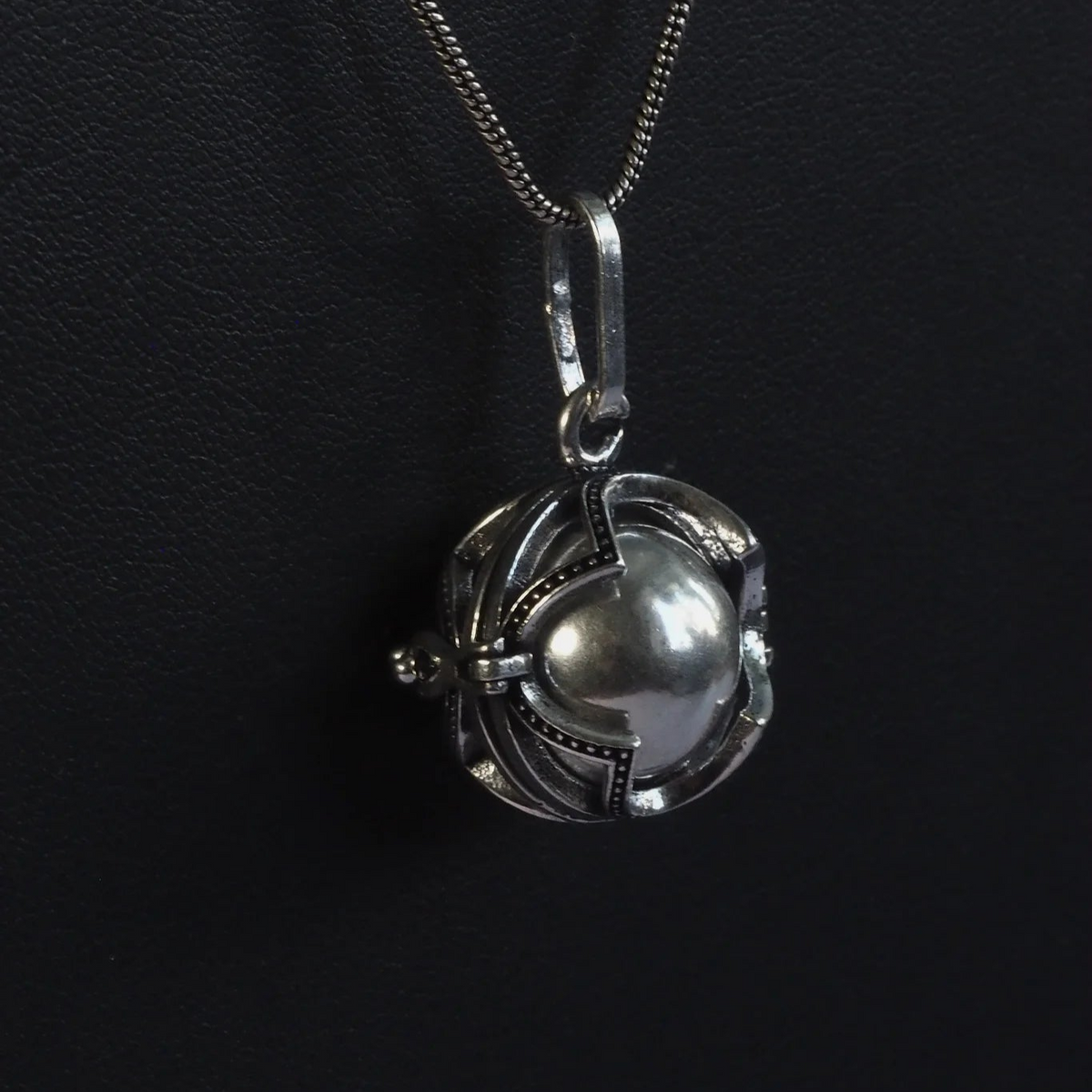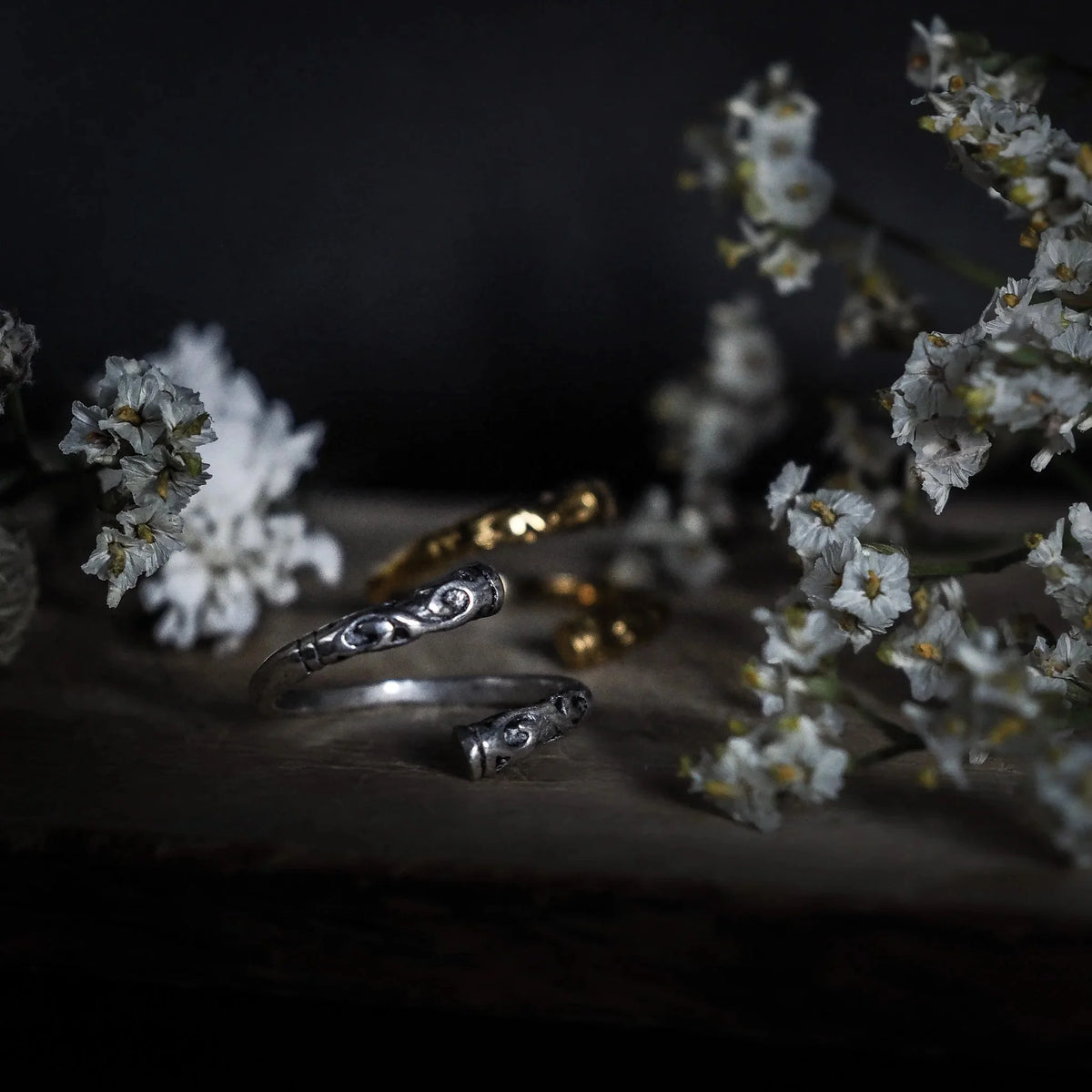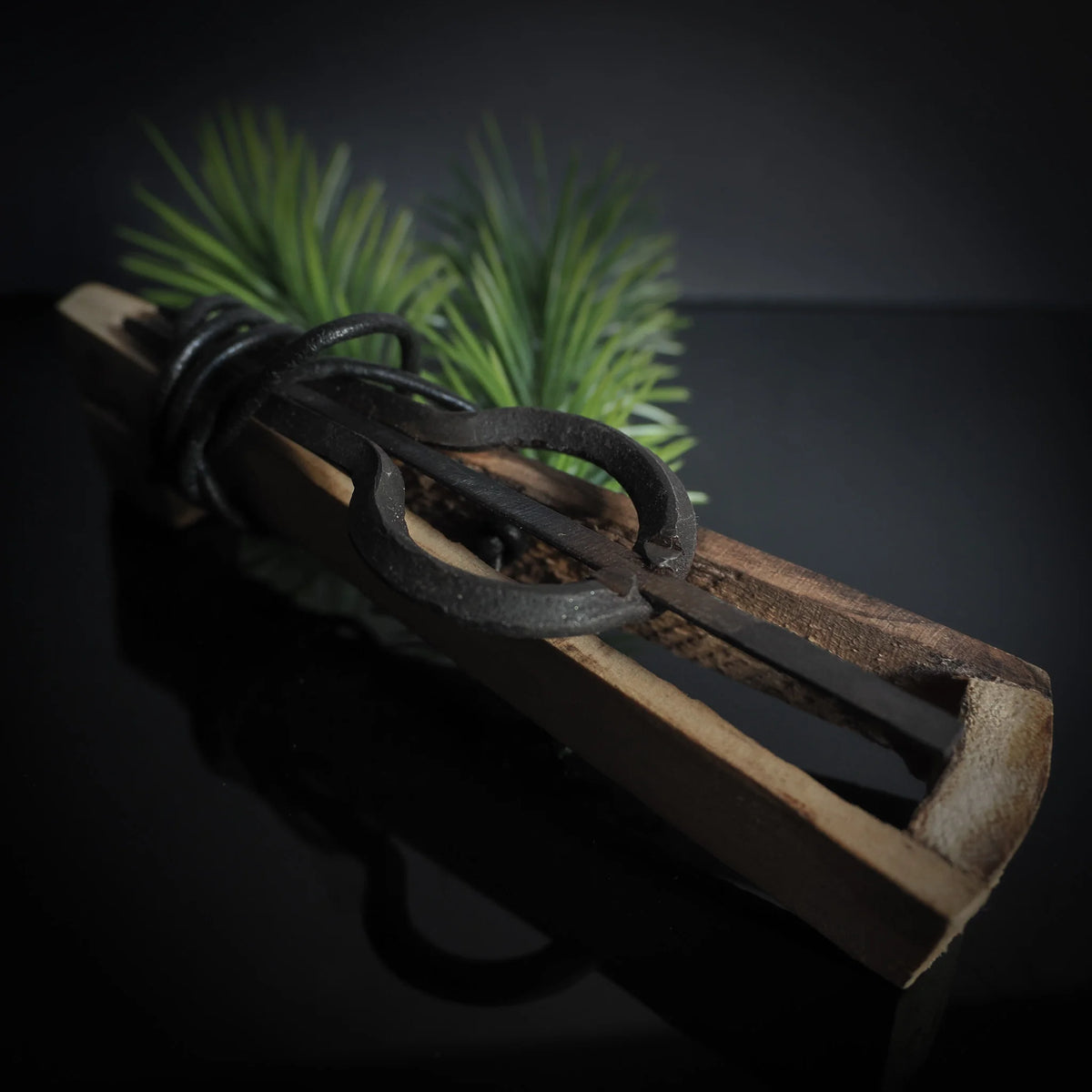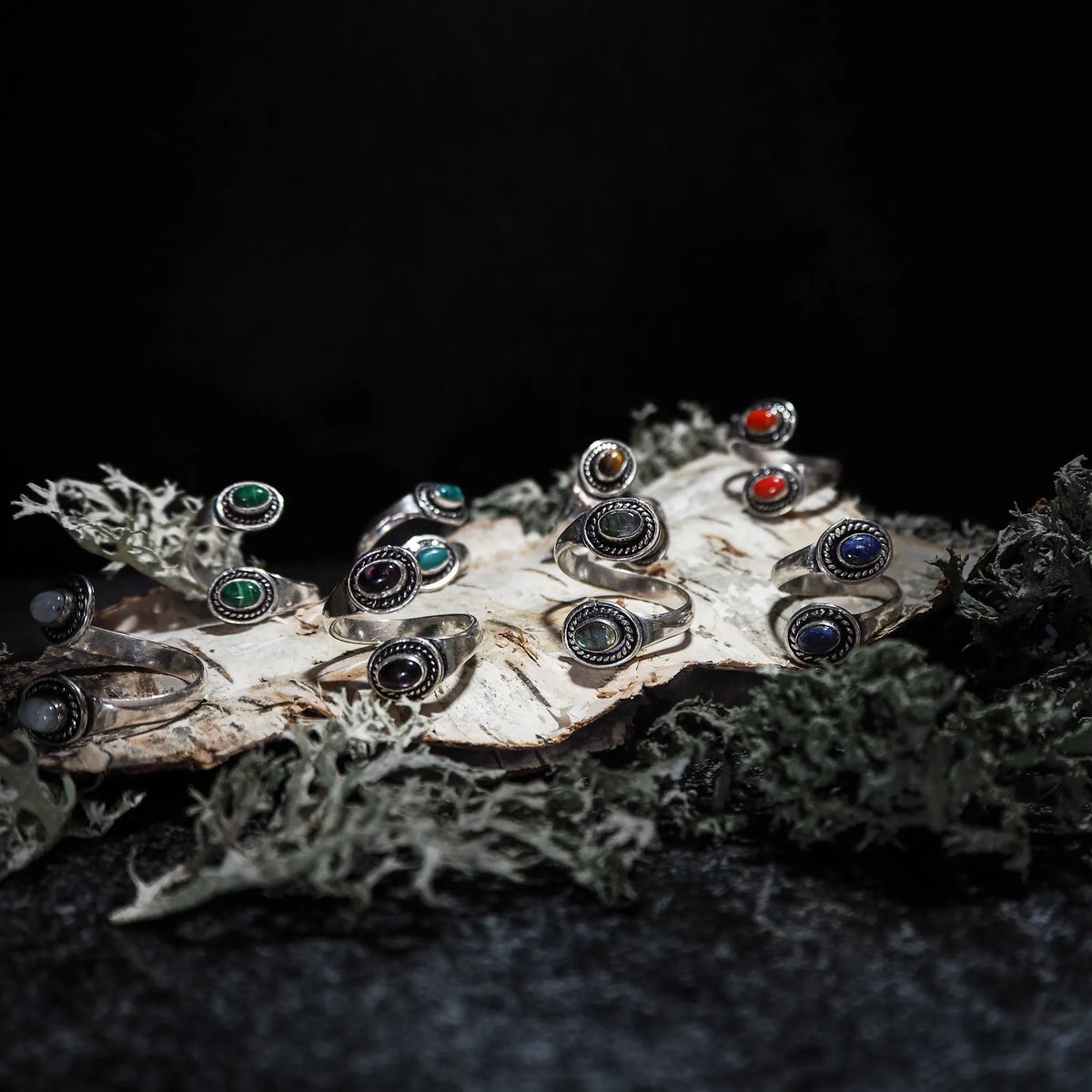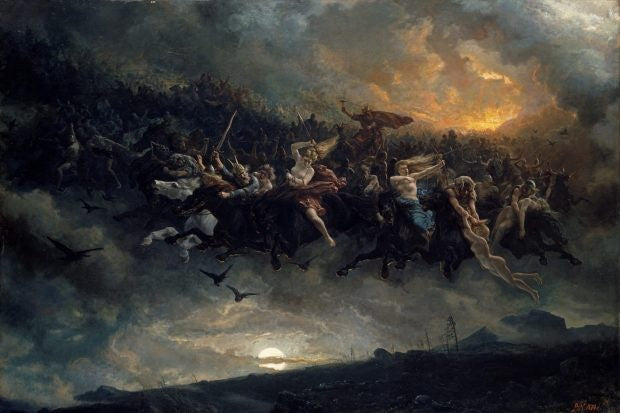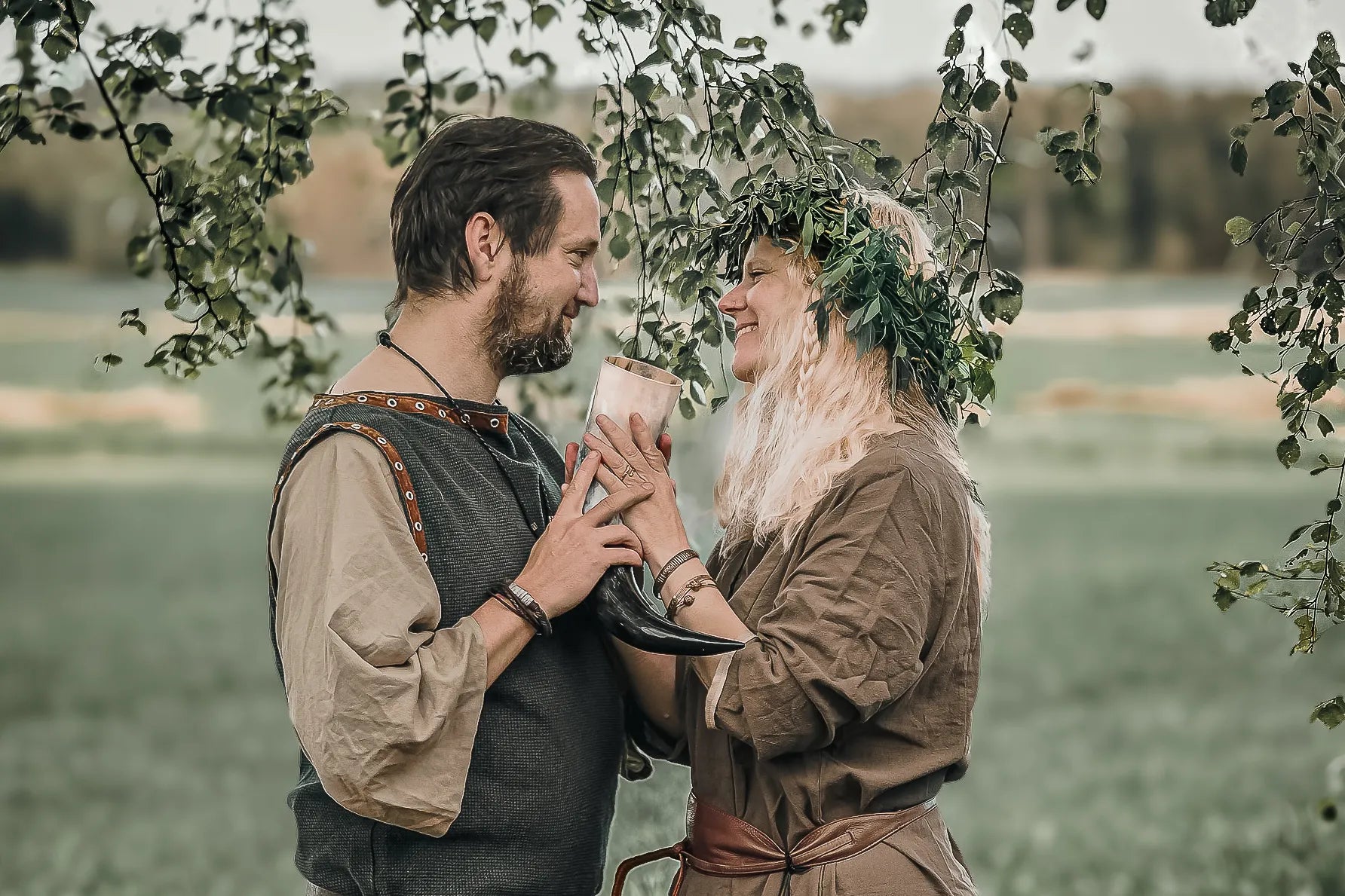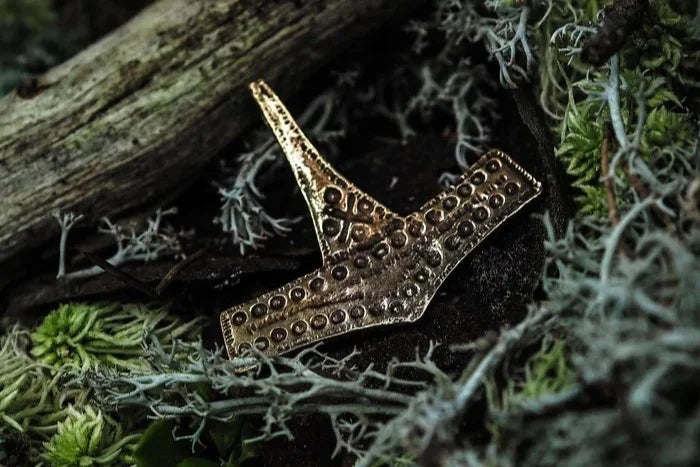Odin: The God of Wisdom and War
Odin is one of the most significant gods in Norse mythology. He is also known as "Allfather" and is considered the leader of the Aesir gods. Odin is married to Frigg and has several children, including Thor and Balder. He is strongly associated with wisdom, poetry, war, and death. Odin sacrificed one of his eyes to drink from the well of wisdom in order to see everything that happens in the world and owns the ravens Hugin and Munin, which represent thought and memory.
"He also has Sleipnir, the eight-legged horse that can run through all worlds."
The wolves Gere and Freke. Before men were given life and before Odin's two
ravens, there were Freke and Gere.
Odin created two legendary wolves, one male and one female, to keep him company in Asgard and to protect Midgard.
Gere and Freke should not be confused with
Skoll and Hati, who are descendants of it
feared the Fenris wolf, son of Loki.
Thor: God of Thunder
Thor, Odin's son with the giantess Jörd, is the god of thunder and the bow. He is known for his strength and his iconic weapon, the hammer Mjölner, which is a symbol of protection and power. Thor protects both gods and humans from giants and other threatening beings. He is married to Sif, known for her golden hair, which symbolizes harvest and fertility. His chariot is drawn by the two goats Tanngnjóstr and Tanngrisnir.
Frigg: Goddess of Motherhood and Home
Frigg is Odin's wife and the queen of the heavens. She is the goddess of motherhood, family, and home. Frigg is also known for her ability to see into the future, but she never reveals what she sees. Her role as the protector of the home and children makes her an important goddess in mythology.
Frigg is often associated with keys, which symbolize her role as the head of the household and family. In Norse culture, keys were a sign of power and responsibility, and carrying keys indicated that one had the responsibility for the home. Through this, Frigg is linked to security, order, and protection.
Freja: The goddess of love and fertility
Freja is one of the most well-known goddesses and belongs to the Vanir tribe. She is the sister of Frej and the daughter of Njord. Freja is the goddess of love, fertility, beauty, and war. She travels in a chariot drawn by cats and owns the necklace Brisingamen, a symbol of beauty and strength. Freja is also associated with seidr, a form of magic. Her cats are nameless in the tales, but they represent mystique and magic.
Loki: The cunning trickster god
Loki is a complex figure in Norse mythology. He is a giant who became part of the world of the Aesir gods and is known for his cunning, his playful nature, and his ability to transform. Loki is the father of several mythical beings, including Fenrir, the Midgard Serpent, and Hel. Although he often helps the gods, his actions frequently cause trouble.
Balder: The God of Light and Purity
Balder is the son of Odin and Frigg and represents light, goodness, and purity. He is beloved by all gods and beings, but is tragically killed by his brother Höder, who is deceived by Loki. Balder's death marks the beginning of Ragnarök, the Norse apocalypse.
Vidar: God of Vengeance
Vidar is one of Odin's sons and known as the god of vengeance and silence. He plays a central role in Ragnarök as he avenges his father by killing the Fenris wolf. Vidar is strongly associated with strength and endurance, and his shoes made of collected leather pieces make him invulnerable.
Heimdall: The Guardian of Bifrost
Heimdall is the guardian of Bifrost, the rainbow bridge that connects Asgard with Midgard. He has exceptionally sharp senses and can hear the grass growing and see over long distances. Heimdall blows the Gjallarhorn to warn the gods of danger, and he plays a crucial role during Ragnarök in his battle against Loki.
Idun: Goddess of Youth
Idun is the goddess who guards the golden apples, which keep the gods eternally young. She is married to the god of poetry, Brage, and symbolizes renewal and lifelong health. Idun's role in mythology is crucial, as without her apples, the gods would age and lose their strength.
The Norns: Weavers of Fate
The Norns are three mythical beings who spin and weave the threads of fate. Their names are Urd, Verdandi, and Skuld, representing the past, the present, and the future. They reside at the root of Yggdrasil by the well of fate and water the mighty tree to keep it alive. The Norns are crucial for the balance of the universe and determine the fate of every being, including the gods themselves.
Hnoss: Goddess of the Treasure
Hnoss is the daughter of Freja and Od, and she represents everything that is precious and loved. Her name means "treasure" or "gem," and she symbolizes beauty and value.
Nanna: The Goddess of Love and Sorrow
Nanna is Balder's wife and mother to Forsete. She is a goddess of love and loyalty, but also of the sorrow that arises from loss. When Balder dies of grief, Nanna chooses to follow him into the realm of the dead, which reinforces her symbolism of eternal love and fidelity.
Ratatosk: The Messenger
Ratatosk is a squirrel that runs up and down the world tree Yggdrasil. He conveys messages between the eagle that sits at the top of the tree and Nidhögg, the dragon at its roots. Ratatosk represents communication and conflict creation, as he often exacerbates disputes between the two beings.
Hel: Mistress of Death
Hel is the daughter of Loki and Angerboda and rules over the realm of the dead, Helheim, where those who die of illness or old age end up. She is described as half alive and half dead, with a body that is half beautiful and half decayed. Hel symbolizes the inevitability of death and the balance that exists between life and death.
Nagelfar: The Ship of the Dead
Naglfar is the mythical ship said to be built from the nails of the dead. The ship plays a central role during Ragnarök, as it sails with Loki and his entourage of giants to fight against the gods. Naglfar symbolizes doom and the dark side of change and renewal.
Animals and things associated with the gods
-
Oden: The ravens Hugin and Munin (thought and memory), the wolves Gere and Freke, and Sleipnir, his eight-legged horse.
-
ThorGetterna Tanngnjóstr and Tanngrisnir, who pull his chariot.
-
FreyaCats pulling her cart.
-
Heimdall: No specific animal companion, but his connection to light and vigilance can be associated with the symbolism of the sun.
-
Above: Not directly associated with animals, but he can transform into different animals.
-
TasteApples and connection to trees and nature.
